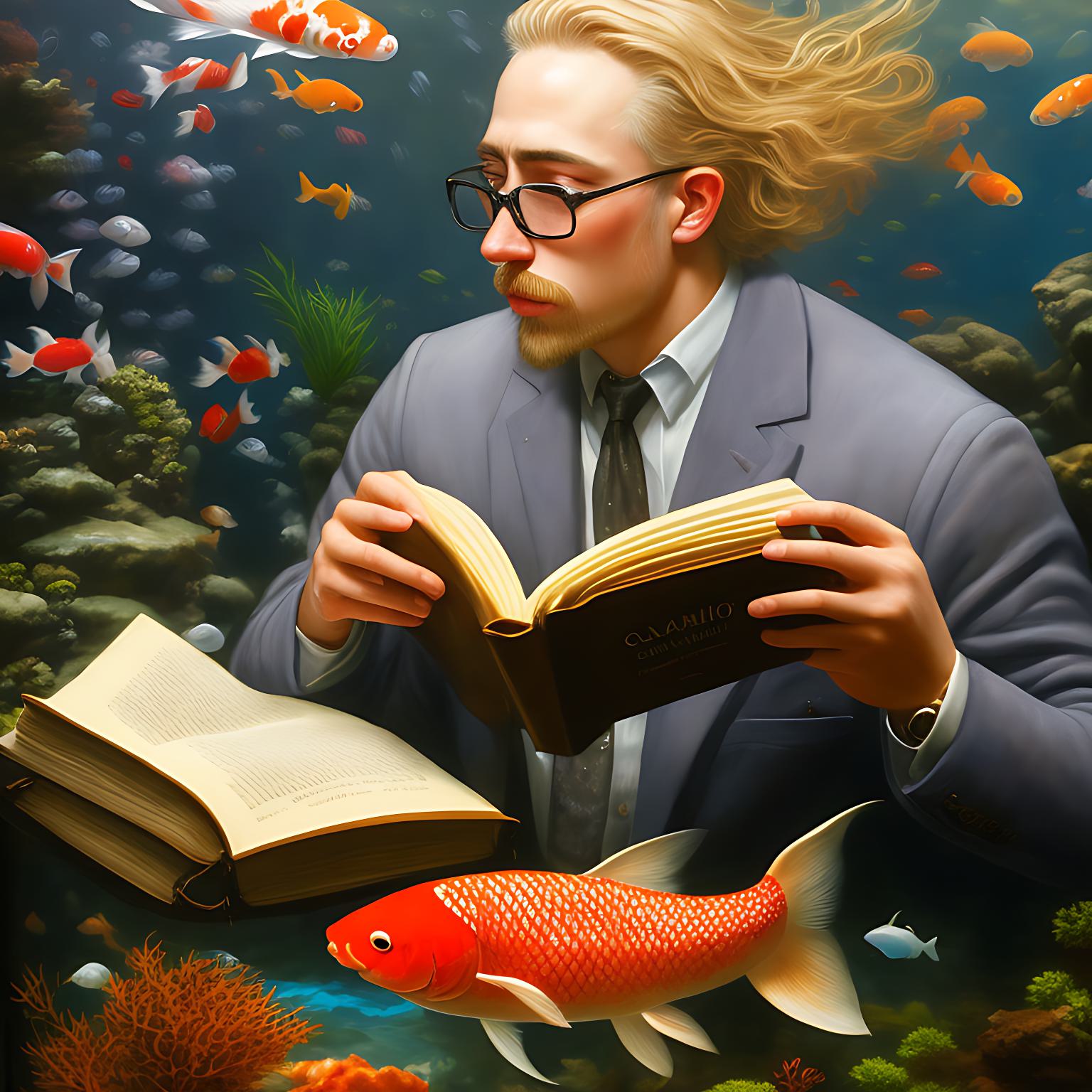
Sick Fish: What Should I Do?
It is possible to make a guess – but most guesses are usually wrong. Unfortunately fish disease, as with any other animal pathology, is a complex subject and unfortunately it simply isn’t possible to make a full and accurate diagnosis without examining the both affected fish and the water they live in. The vast majority of problems can be diagnosed fairly easily by testing a range of water parameters and carrying out a thorough examination of one or two fish. It is important to bear in mind that we need to establish what disease is present and any underlying causes. However, this does presume that the fish keeper has both the necessary basic equipment and skills to carry out the examination. If not, then it is important to try and get professional help, either from a fish-friendly vet or an aquatic specialist who will carry out the examination for you. The only alternative to a proper diagnosis is “dartboard” medication in which the water is treated with a succession of different chemicals in the hope that one will work. But such an approach usually makes matters worse.
A Twenty Step Approach to Fish Disease Outbreaks
I made a series of videos that take you STEP BY STEP through the assessments of a fish / pond health problem.
Literally. You can fill out the consult questionnaire or you can see these videos and cover all the Biggies.
- Video 1 –> Have the fish been handled recently? Why that matters
- Video 2 –> Is it winter? Summer? Why that matters
- Video 3 –> Feeding and Underfeeding. Why that matters.
- Video 4 –> Ammonia and it’s super common, why it matters and what it looks like.
- Video 5 –> Nitrites and what THAT looks like, why it matters and what to do about it.
- Video 6 –> NitrAtes – especially common fish killer / weakener in established pond.
- Video 7 –> pH is the most common deadly water quality parameter to check. Crash discussed.
- Video 8 –> Oxygen levels. Why it might sag, impact of heat and plants, what to do about it.
- Video 9 –> Crowding. How many is too many. What does that do to fish?
- Video 10 –> Water movement and turnover. Common. Stale, still water. Fish weakener.
- Video 11 –> Temperature; it’s influence, it’s pitfalls, the ideals for fish recovery
- Video 12 –> Cuts and bruises. Is that an ulcer, or a gash? How can you tell. When and if you treat.
- Video 13 –> Cleanliness – Is the pond clean? Properly maintained? Can fish recover in unclean ponds?
- Video 14 –> Bacterial infections – a usually unnecessary video because 90% of people have figured out the source of a disease is in their water quality and husbandry. Injections, treatments, etc all discussed.
- Video 15 –> Fungal infections, you’d be surprised the cause, and the treatment (or lack thereof)
- Video 16 –> The parasites, this is pretty common. What you need to know about them, and their treatment.
- Video 17 –> Viral diseases, like Koi Herpes virus and some of the skin-viruses that cause warts.
- Video 18 –> No video 18 lol
- Video 19 –-> Quarantine. If you did it, then the list gets shorter. If you didn’t do it, (and how to do it) the field remains very wide.
- Video 20 –> Resources for more help, diagnostics, fish vets who still do it.
.
.
.
